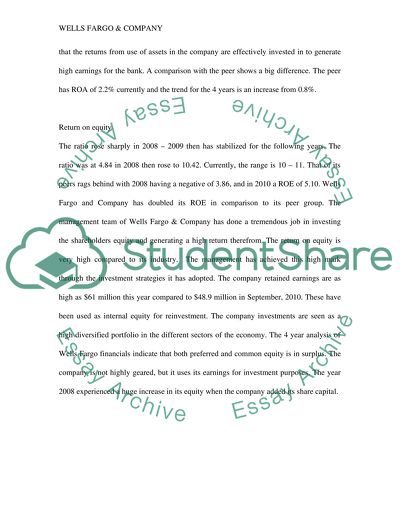Cite this document
(“Wells Fargo & Company Financial Ratios Analysis Research Paper”, n.d.)
Retrieved from https://studentshare.org/finance-accounting/1393861-wells-fargo-company-financial-ratios-analysis
Retrieved from https://studentshare.org/finance-accounting/1393861-wells-fargo-company-financial-ratios-analysis
(Wells Fargo & Company Financial Ratios Analysis Research Paper)
https://studentshare.org/finance-accounting/1393861-wells-fargo-company-financial-ratios-analysis.
https://studentshare.org/finance-accounting/1393861-wells-fargo-company-financial-ratios-analysis.
“Wells Fargo & Company Financial Ratios Analysis Research Paper”, n.d. https://studentshare.org/finance-accounting/1393861-wells-fargo-company-financial-ratios-analysis.


